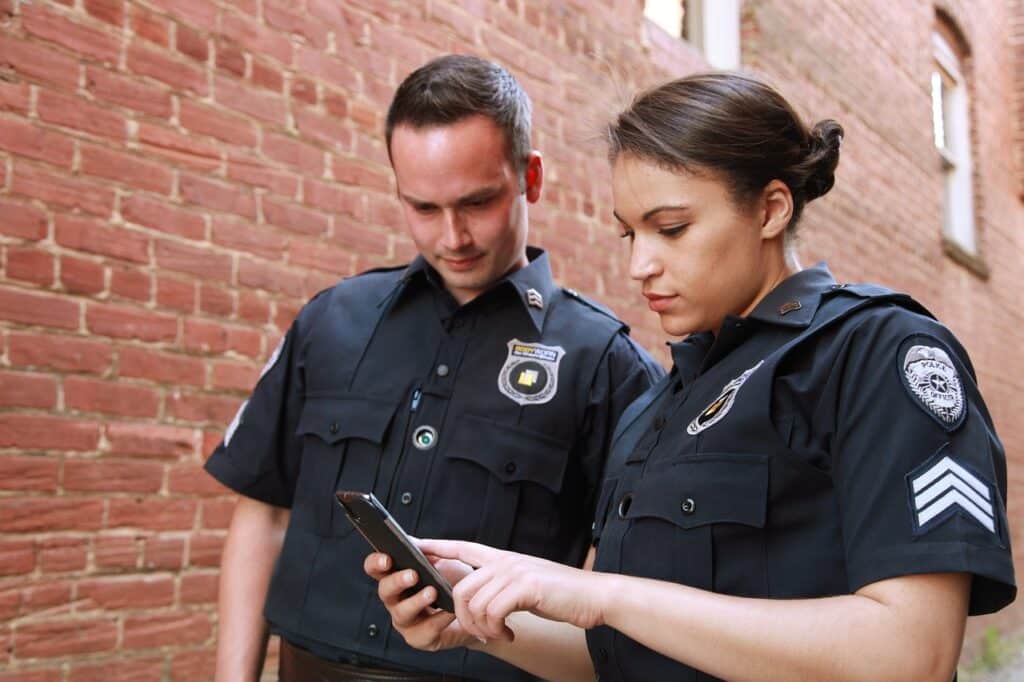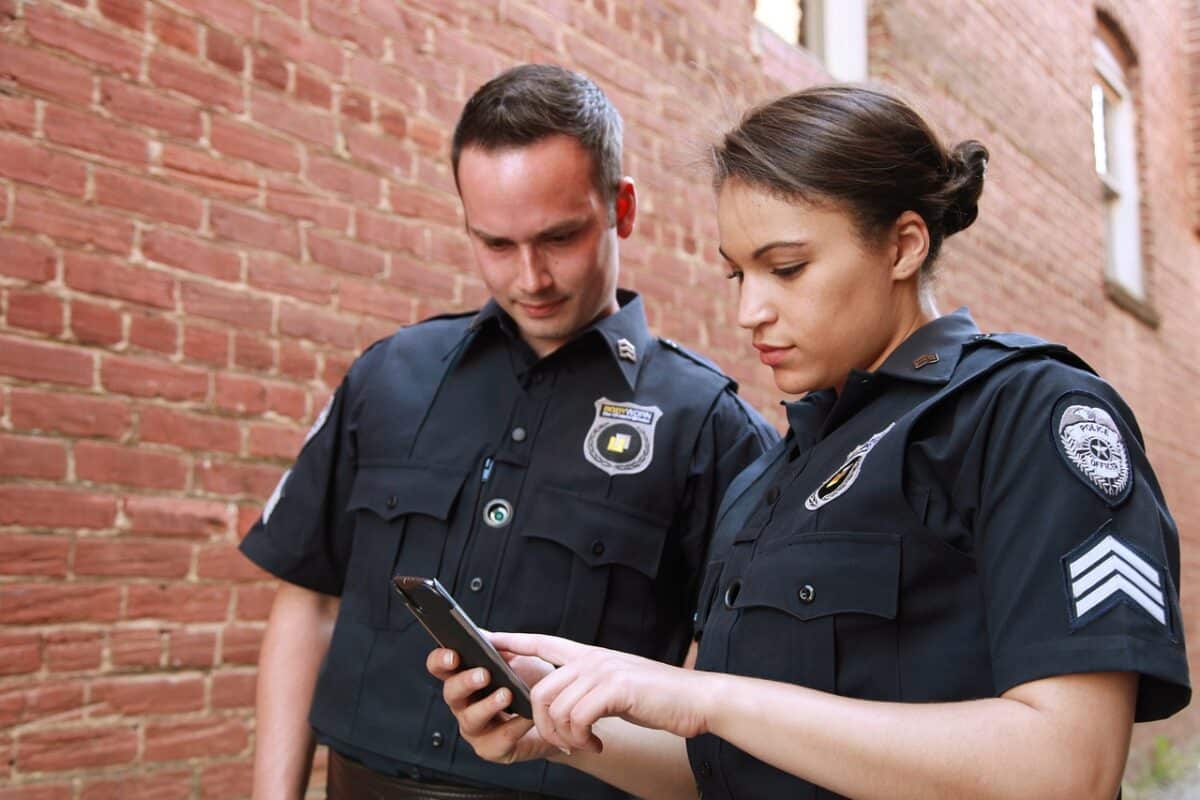In the realm of law enforcement, communication is key. Officers regularly use codes to share specific information with one another quickly. In Nebraska, one of the most frequently used police codes is ’88’. The implications and applications of this particular code run deep in the law enforcement community. The 88 Tactical staff aims to shed light on the role and significance of the ’88’ police code within Nebraska’s law enforcement practices and why it holds such importance in maintaining law and order in the state.

Understanding Police Codes
For the average, law-abiding citizen, understanding police codes may seem unnecessary or confusing. However, knowing these codes can prove to be beneficial in numerous circumstances. Police or “10 codes” are standard verbal communication among law enforcement officers. They were initially designed to make radio communications faster and more efficient.
Detailed knowledge of these codes can help citizens understand the nature of the emergencies happening around them. For instance, you might overhear a code on a police scanner, in a news broadcast, or during a traffic stop. Understanding these codes can provide critical context to the situation at hand, allowing you to react appropriately. Furthermore, as a responsible citizen, knowing these codes can provide you with the ability to give accurate information if you ever need to report an incident.
How Police Codes Are Used
Law enforcement uses police codes in various scenarios to communicate quickly and effectively. These codes can be used in the field to indicate the type of emergency, location, and level of urgency. They can also be used to provide status updates or request assistance. For instance, an officer requesting backup would say “10-33” over the radio, indicating they need urgent assistance.
Police codes are used in many situations, from routine traffic stops to high-risk emergencies. They enable officers to communicate crucial information without divulging sensitive details over open channels. In some cases, using police codes can also help maintain a sense of calm and order during chaotic events. In addition to verbal communication, police codes are also used in written reports. This allows for a concise and standardized way to document incidents and communicate important information between agencies.
The Significance Of ’88’
One specific code widely used across law enforcement agencies in Nebraska is “10-88”. This code is one that all officers are relieved to hear, as it means that the situation is safe and under control. It signals the end of an emergency or a dangerous situation. For example, after apprehending a suspect or extinguishing a fire, an officer might say “10-88” to acknowledge that the situation is resolved.
The significance of ’88’ in this code goes beyond its numerical value. The number 8 is often associated with good luck and success in many cultures worldwide. Law enforcement represents a job well done and the successful completion of their duty to protect and serve the community. This code is a reminder for officers to always strive for excellence in their work.
Conclusion
88 Tactical believes understanding police codes can provide valuable insight and aid in emergencies. It allows citizens to comprehend better what is happening around them and empowers them to take appropriate actions. Additionally, it serves as a reminder of the hard work and dedication put forth by law enforcement officers to maintain safety and order in our communities.
